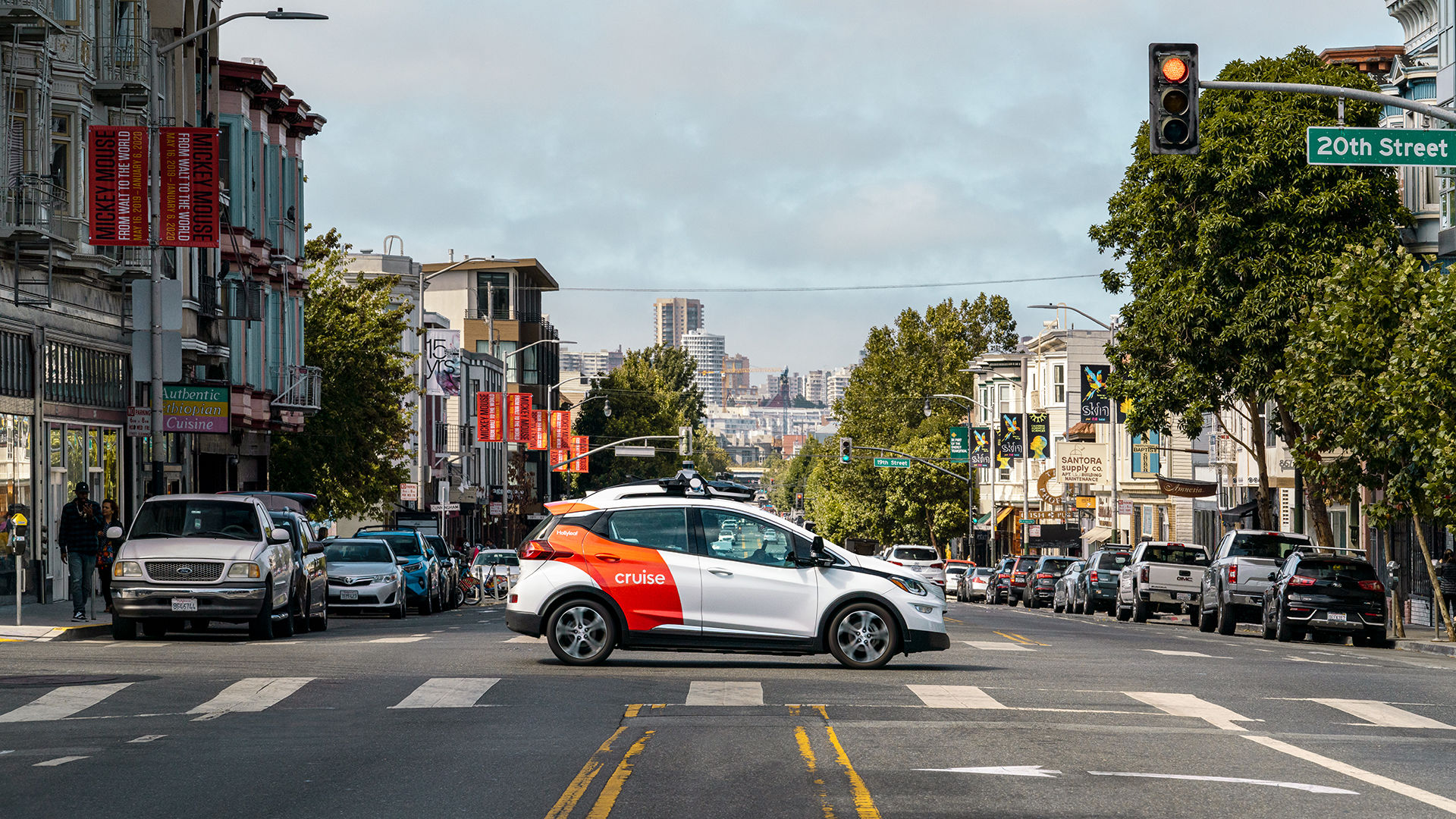Self-Driving Cars ‘May Require Human Element In Long Term’

GM unit Cruise acknowledges self-driving cars may require human oversight in long term to give passengers ‘peace of mind’
Autonomous vehicle company Cruise, a unit of General Motors, has said human backup operators may be necessary for the long term to aid self-driving cars in dealing with unexpected incidents or “edge cases”.
Cruise chief executive Kyle Vogt told Reuters a human overseer could provide passengers with “peace of mind” and there was not necessarily any reason to remove the human element.
It is the first time the company has acknowledged that human oversight may be necessary for AVs in the long term.
Vogt’s comments also go against the AV industry’s central premise that artificial intelligence can guide cars more safely than humans.

‘Peace of mind’
“I can provide my customers peace of mind knowing there is always a human there to help if needed,” Vogt told the news agency, speaking of the use of remote human overseers. “I don’t know why I’d ever want to get rid of that.”
Some AV start-ups envision the use of humans in the long term for AVs, such as UK-based Imperium Drive, which is operating self-driving trials in Milton Keynes.
Imperium sees humans acting as remote “air traffic controllers” supervising fleets of autonomous vehicles and helping them to deal with unpredictable situations.
The company’s chief executive Koosha Kaveh said technology will not make vehicles fully autonomous “even decades from now”, because “you will never get to zero edge cases”.
Software recall
Cruise earlier this month said it had recalled software that was involved in a 3 June AV crash in San Francisco that injured two people.
The software was updated by early July, Cruise said.
The crash occurred when a Cruise vehicle – which included a human backup driver – attempted to make an unprotected left turn across a two-lane street and was struck by a car that was travelling in the opposite direction and was speeding in a right-turn lane.
The AI software determined the car would turn right and that it had to brake hard in the midst of its own left turn to avoid a collision. Instead the other vehicle continued straight through the intersection and collided with the stationary Cruise car.
Cruise responded to the incident by reducing the area of San Francisco in which its self-driving taxis operated and temporarily barring them from making left turns altogether.